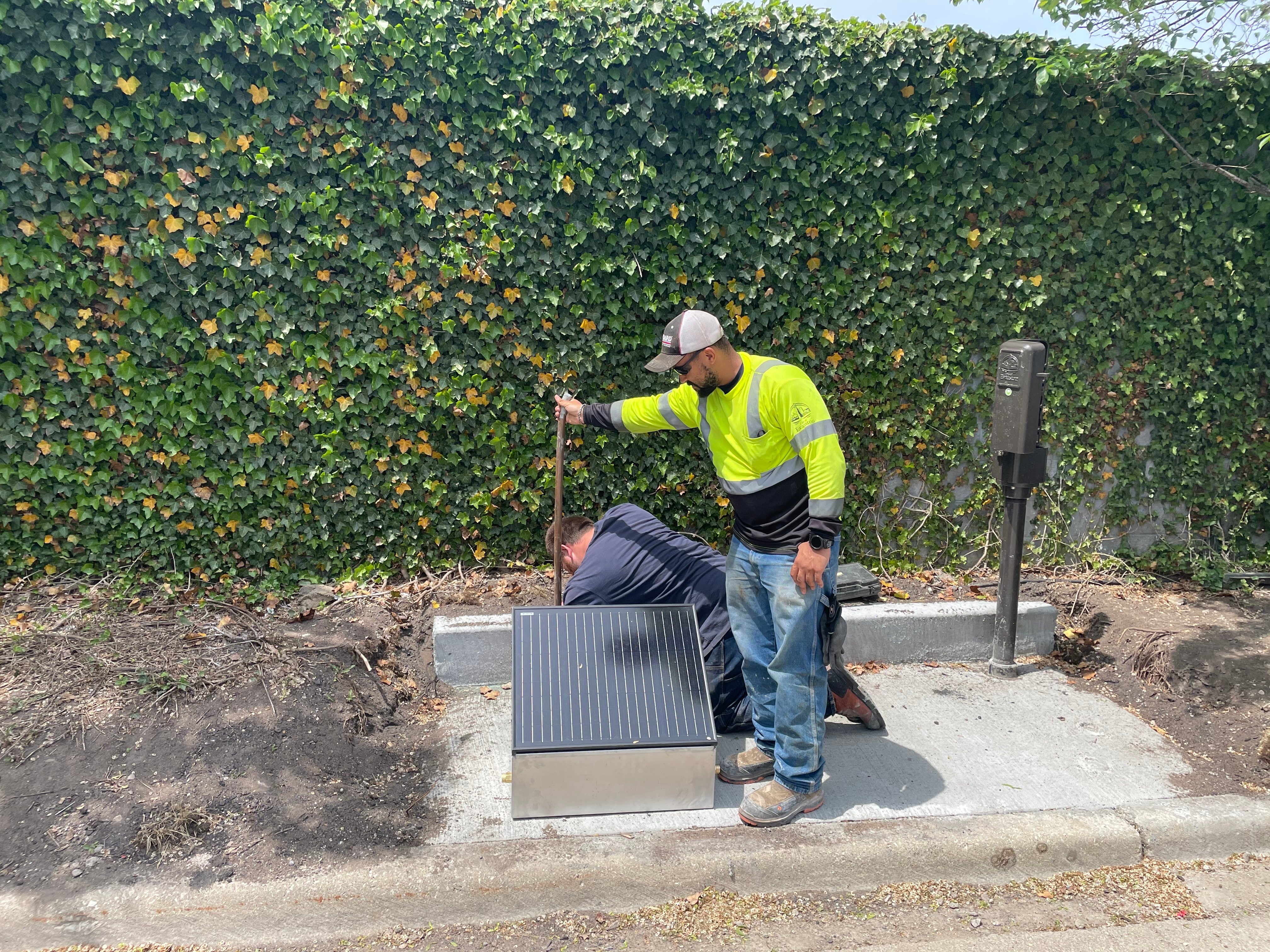
If there is anything we know about the way business or services work nowadays, it is that the flow of information is critical. The flow of external information about the customers helps organizations to determine what the needs or issues of their customers are, and how the organization can quickly address those customer needs or issues. The internal flow of information also enables businesses to quickly and clearly align the internal resources to address the information that has flowed into the organization about their customer needs. If there is another thing we’ve learned about how to do business, it is that we need to convert this information quickly into action; the responsiveness of a business to clearly identified needs and issues of its customers improves the business's likelihood of success.
As you can imagine, the opposite of the ideas above also rings true; if a company does not allow external information about its customers to flow freely into the organization, the business loses its ability to address those issues. Compound that with a business not knowing having a free flow of information within the organization and the effect is that the organization cannot align the necessary resources internally to address a customer’s needs and issues. The likelihood of the business being sustainable and success is therefore low.
Examples of companies that fall into the free info flow and speedy delivery of product and service models are the tech companies that are now ubiquitous in our daily existence. The Google's, Apple's of the world. Unfortunately, water utilities, which should be as well known considering the importance of the product they deliver (water) fall into the second bucket of slow information flow and slow responsiveness to deliver on their promise to customers. The issue with water utilities is the lack of free-flowing information about the current state of their customer needs and the slow-moving nature of processes within the industry. The former issue is because the industry has (not until now) had to engage with customers and consequently did not bother to put information gathering capability or tools in place to capture the information from customers or the water system distribution network. Even where the industry has invested in information gathering approaches, the ability to respond speedily has been hampered by the slow and oftentimes inefficient processes that the industry would utilize in a prior iteration of the industry.
Without focusing on any new technology, like the distribution system monitoring and management offering that we offer at Varuna, I will offer that the real way to address the water system issues is to break down the silos between information gathering outside of water systems and break down the hierarchy of information exchange within the water system. Silos are a result of structural inefficiencies, mindset, and behavior as perpetuated and rewarded by leadership within an organization. Yes, I am laying the blame at the feet of leadership. Even before new tools and technologies are brought in to ease the flow of information, water system leadership should admit that there are not enough voices in the room to help determine a new vision for water systems. Water system leadership needs to incentivize new behavior within the water system, move from focusing on (for example) usage as the core metric to focusing on service level quality (clean water 100% of the time at all points within the water network). A sense of collaboration towards a shared vision of these new service quality levels should also be fostered by leadership. Unless mindsets change, and that might have to involve changing the leadership cadre within the industry, the silos that hamper progress will remain in the industry. Customers can no longer afford that. The industry can no longer function this way.
